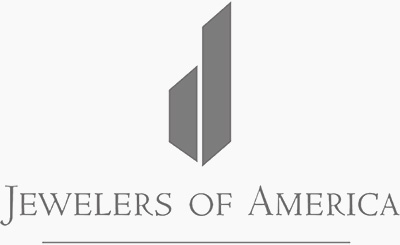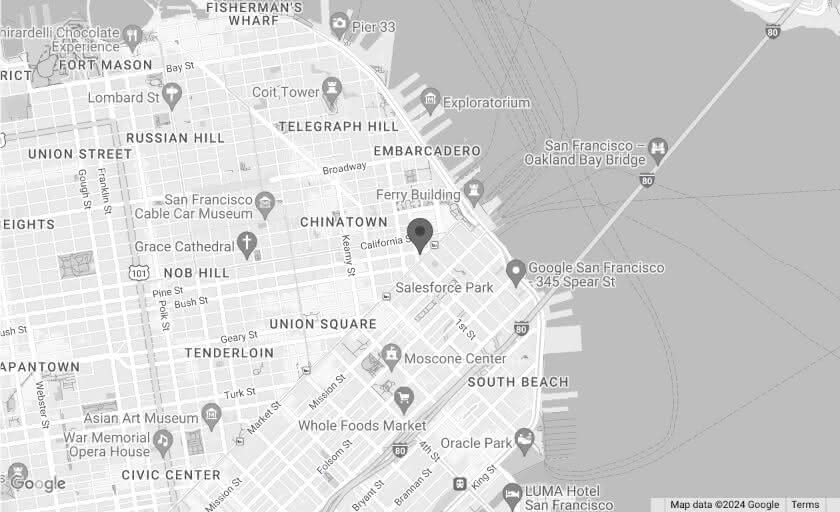From groceries, to everyday supplies, there is no denying that online purchases have saved the day amid this pandemic, and rightfully so. This uptick in online purchasing has recently brought to light the question of whether buying a diamond online is a smart move, and if not, why? We’re here to answer that question and explain why you may want to think twice before adding that diamond to your online cart and book your in person appointment with a trusted retailer instead.
Did you know that diamonds with the same GIA grade can greatly differ in quality and in price? To understand how this is possible, it’s important to first remember that a GIA certificate is still an educated option. Basically these reports have a list of caveats protecting the grading authority from legal action resulting from inaccuracy.
But why the inaccuracy? Well, we’re glad you asked. The general rule applied to grade intolerance in diamond reports, ie) GIA, is one grade for both color and clarity. This means that a 1 carat diamond graded as a G SI1, may vary in color from F, (the top end of the grading scale), to an H, the bottom end.
Similarly, the SI1 clarity rating may vary from VS2 at the top end, to SI2 at the bottom. As you might imagine, this range in a G SI1 diamond can create quite the quality and pricing difference, a 56% price difference to be exact.
This example demonstrates that two different diamonds, with the same grading, can reflect two very different prices while still being graded with accepted international standards. Without the help of a professional diamond retailer, it’s almost impossible to determine accurate quality and cost.
Color and clarity tolerance can account for very different levels in price when comparing diamonds in stores or on a website. Color and clarity grading is not exact science, the grading is subjective. The only part of diamond grading that is absolutely objective is diamond weight.
Now, GIA cut grading is considering the industry standard, with the highest being a triple Excellent cut. This takes into consideration cut or proportion, polish, symmetry and fluorescence.
Likewise, there is no universal sliding scale that can calculate a diamond's diminished value due to cut and polish differences.
What about fancy cut diamonds?
Clarity and color grading are treated the same with fancy shaped diamonds such as pear and heart shaped, as they are with brilliant. The difference is the cut of a fancy shape diamond is more subjective. GIA does not assign cut grades to fancy shaped diamonds because they’re are too many variables to consider. Instead they are inspected to see how pleasing they are to the naked eye. They lose value if they are misshapen, too long, too short, too deep or too shallow. All of which will result in a lack of brilliance.
Diamonds have value in terms of cash money, and obviously a strictly graded diamond is more valuable than a poorly rated diamond. There is always a reason why one diamond is less expensive than another. More often than not, potential buyers believe the difference in price is due to retail margins, however the most common reason for price inequality is diamond inequality. Be sure you’re asking these important questions to any diamond retailer you work with.
The most important thing to consider is to buy the diamond and the dealer, not just the diamond report. Diamond reports do not assign dollar amounts, they only describe diamond characteristics. Remember, no two diamonds are alike, and strictly graded diamonds provide more value and are worth every extra penny.
At La Bijouterie, we take a personalized 1:1 in-person appointment approach. We adopted this way of conducting business over 6 years ago because it allows us to educate the potential buyer and it has proven to be most successful. Now more than ever, customers are seeing the value of dedicated and uninterrupted appointments. It’s a time to ask questions and express any concerns you may have.
Interested in setting up a Phase I appointment? You can do so here. To learn more about the “Reasons To Think Twice Before Purchasing a Diamond Online,” click here. Want to learn about the 4 C’s of Diamond purchasing, click here. As always, reach out to us with any questions you may have. We love hearing from you!
~ LB






